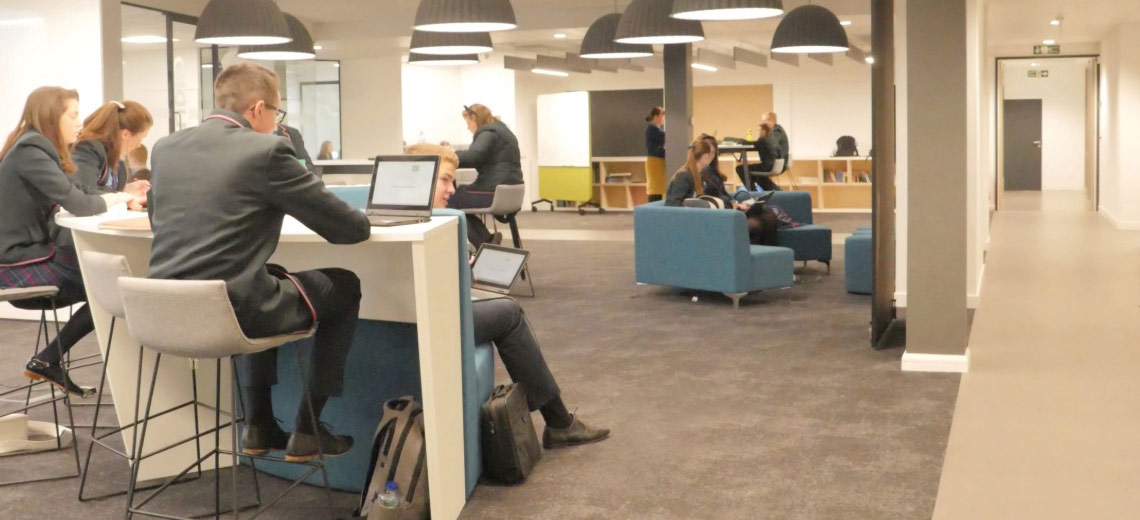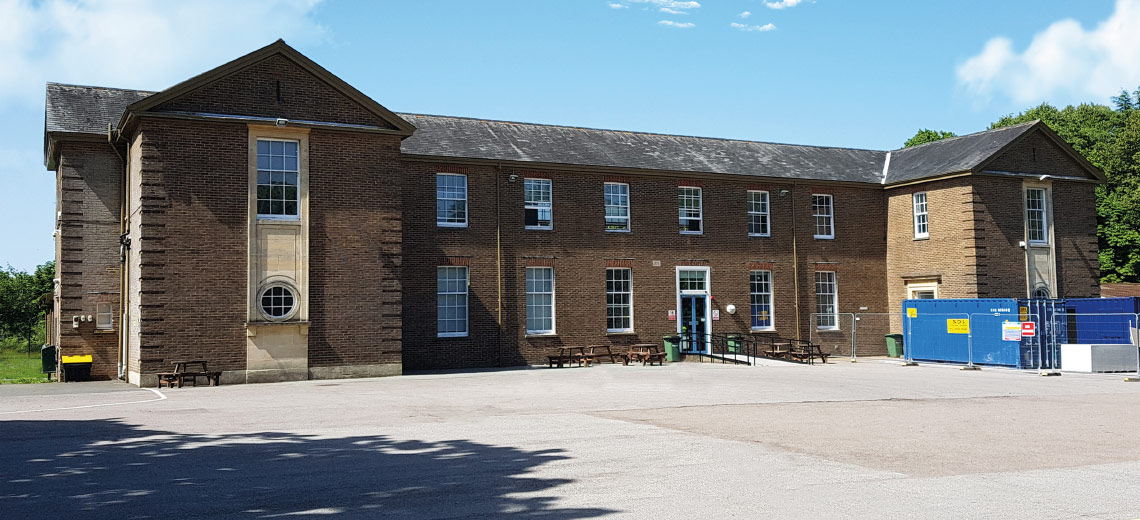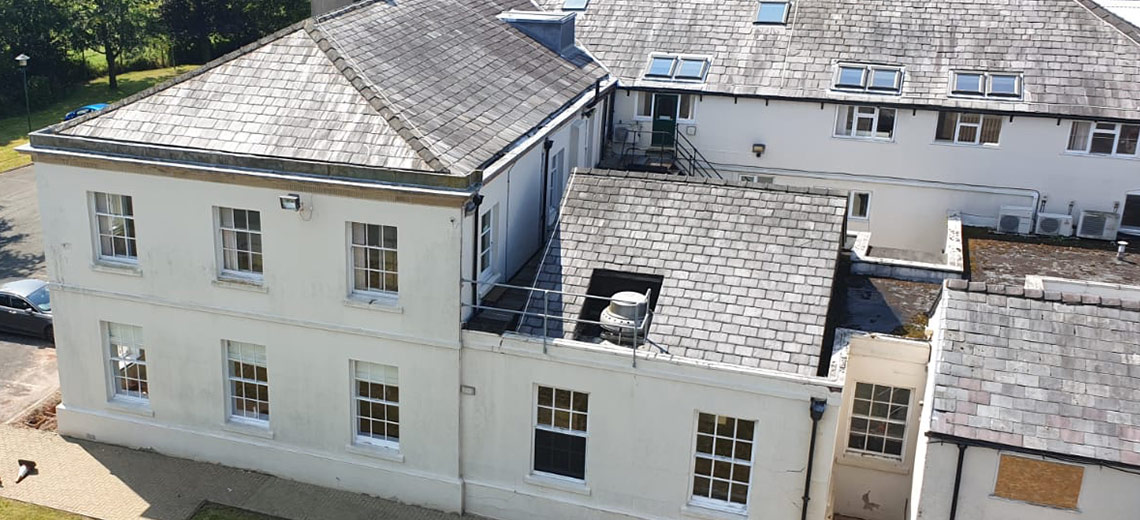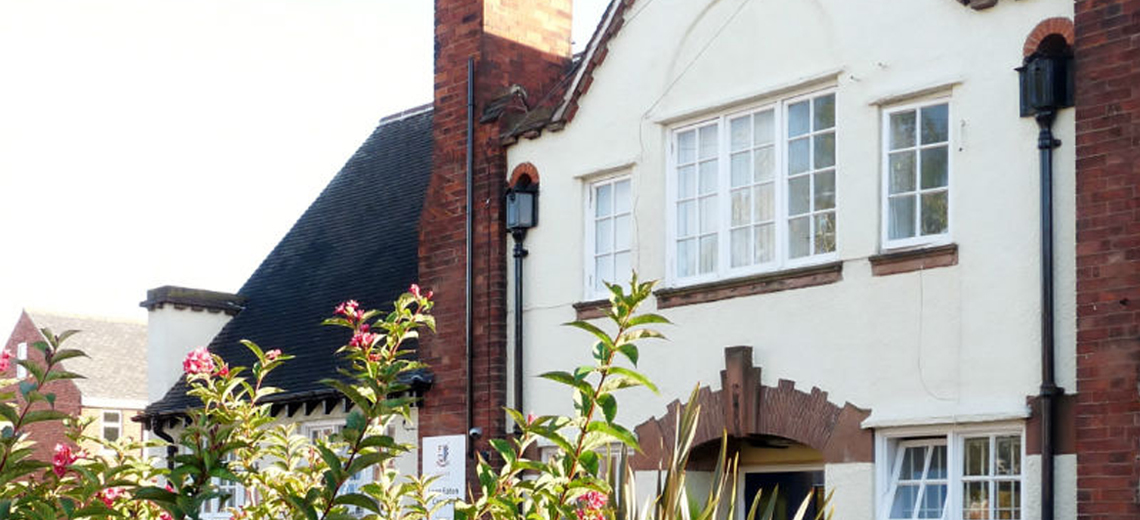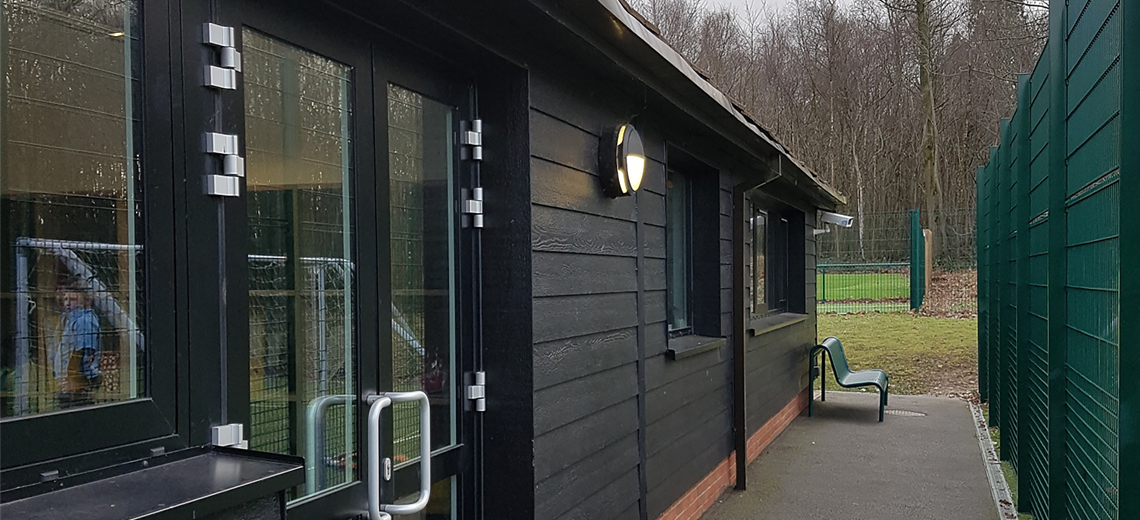
Providing lockdown can be a daunting responsibility Lifebell can help
In recent times, we have seen schools and other organisations used as targets in indiscriminate attacks. Finding ways to help prevent widespread loss of life has led to ‘lockdown’ procedures becoming a part of life. Lockdown is now an essential part of most critical incident plans. Lifebell is committed to offering more effective lockdown management solutions that help schools to
- Define options
- Lower their costs
- Simplify the users’ experience
- Ensure fast and comprehensive warnings
Lifebell lockdown
A new class of security
Lockdown alerts using existing bell systems are flawed as they signify immediate evacuation – the opposite of what you’re trying to achieve – and require staff to conduct a special pattern of signals from a set location. Instead, Lifebell uses a distinct alarm and can be activated from anywhere in the school, shaving life-saving minutes off your lockdown response time.


Lifebell was developed by the audio & security experts, Anchor Sound & Security Ltd, who found an increasing need for a one-stop lockdown system to be available for school managers. Anchor’s experience as a provider of access control systems to education since the 1980s is coupled with accreditations in leading brands of data networking, CCTV products and a long history of intercom, telephone and audio control solutions.
It is the mission of Lifebell to make affordable and effective defence mechanisms available to every UK school ahead of further attacks.
best suited for your building, call today on 0330 223 0491

call today on0330 223 0491AND
BOOK YOURFREE ASSESSMENT

We listen to your requirements and find out about your building and situations to establish the scope of what you need to do to achieve Lifebell status.
A system specification is drawn up using the plan of your buildings and survey of available data network connections to pinpoint equipment locations.
A detailed quotation is provided along with a demo of the specified system for your formal approval and instruction.
This stage involves any preliminary access control or cabling works that will be required for the Lifebell system to operate as desired. Following this, the Lifebell appliances are installed by DBS approved operatives, usually during term time.
Once installed, we need a few days to set up and test the system (being done during a holiday period) then instruct your staff on its use before handing over the reins to the critical incident management team at your school. Regular maintenance and on-going testing of the system will be provided through a service package.

Lifebell Lockdown System Types
Lifebell IP
Lifebell IP is a POE protocol system which is cabled over the school’s network.

- This system supports a wide range of features and functions, an area where the benefits of Lifebell’s audio and security expertise are truly discovered.
- It includes a two-way voice (or optionally video) communication between the person who has activated the system and the system coordinator, greatly reducing the threat of false alarms, which can be disruptive and disturbing, particularly in education.
- Enhanced functions include instant door locking pre-sets, speech announcements/tones/other everyday PA system features over IP speakers across a whole site, or in specific zones, as required.
Lifebell Wireless
Lifebell Wireless is a revolutionary cable-free alerting system.

- A cable-free rapid-deployment alerting method which offers a reliable and cost-effective solution in most scenarios.
- This system provides schools with the huge advantage of avoiding the need to install dedicated cabling. This means that the project can be achieved faster and at a lower budget.
- The call points and sounders are battery-powered and can be installed in any area up to 60 devices per site. Designed for projects requiring basic alert functionality only, this system delivers a sitewide alert by an alarm or a recorded voice message.
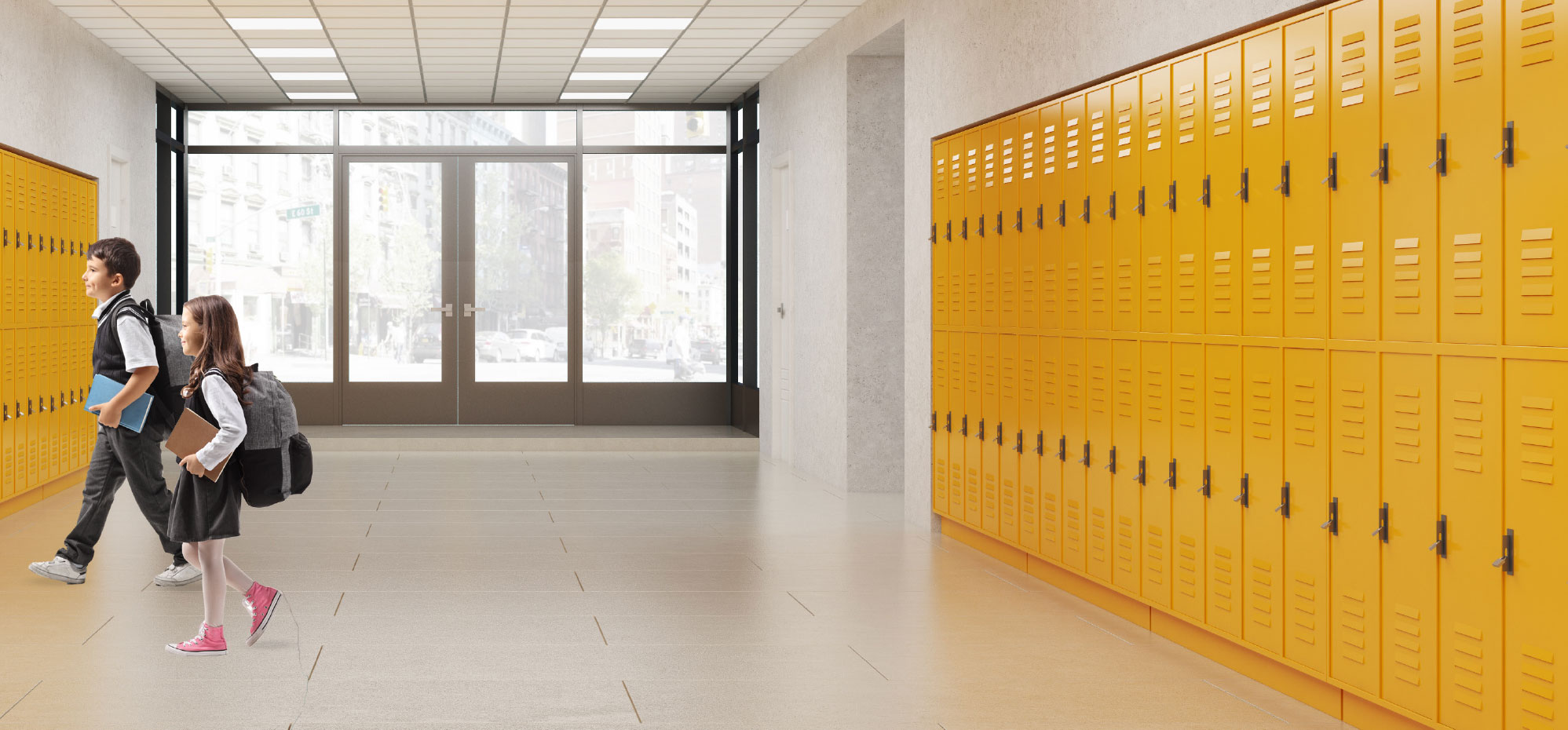
Lifebell lockdown process
system in action
Lockdown Stopwatch: 1 Second
STAGE 1
In the event of a potential attack, a Lifebell call point can be activated by anyone by simply pressing one of the colour coded Lifebell break glass buttons which are located throughout the building.
Lockdown Stopwatch: 2 Seconds
STAGE 2
On activating the button, a voice call is immediately placed from the Lifebell call point to the Lifebell control point. This can be one or more of the control handsets. At the same time, a distinctive lockdown alarm/message can be programmed to immediately sound throughout the premises if desired, which enables the entire site to follow the school’s lockdown procedure.
Lockdown Stopwatch: 3 Seconds
STAGE 3
The person who activated the alert can then immediately describe the threat to the operator and say why they have pressed a Lifebell button. An optional video facility can also be used to make a visual assessment.
Lockdown Stopwatch: 10 Seconds
STAGE 4
The operator takes appropriate action to manage the crisis, including possibly changing the alarm tone/message to the higher alert level to ensure all personnel have adopted their lockdown position.
Lockdown Stopwatch: 15 Seconds
STAGE 5
Additional pre-set buttons on the handset allow activation of the automatic down locking, gate locking, blinds, shutters, etc according to the system design.
STAGE 6
During an extended lockdown, voice commands and PA messages can be communicated over the PA system. It is also possible to partially deescalate a dynamic lockdown using this method.
STAGE 7
Once the threat is over, or the cause of activation has been remedied, a further button can be pressed to sound an all-clear. The locking system can be cancelled from a button at the Lifebell control point handset, and the call point break glass button can be manually reset.

